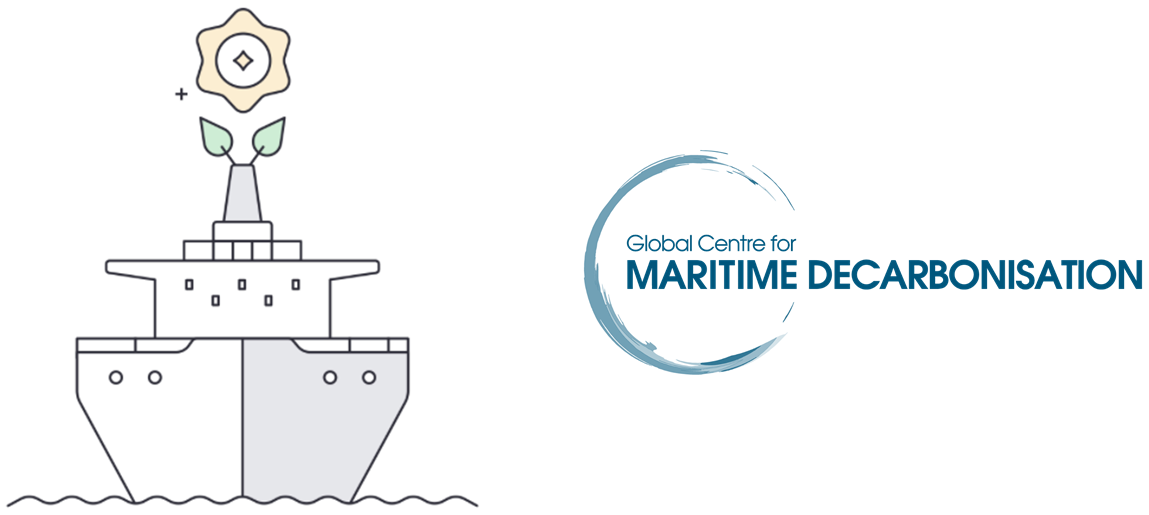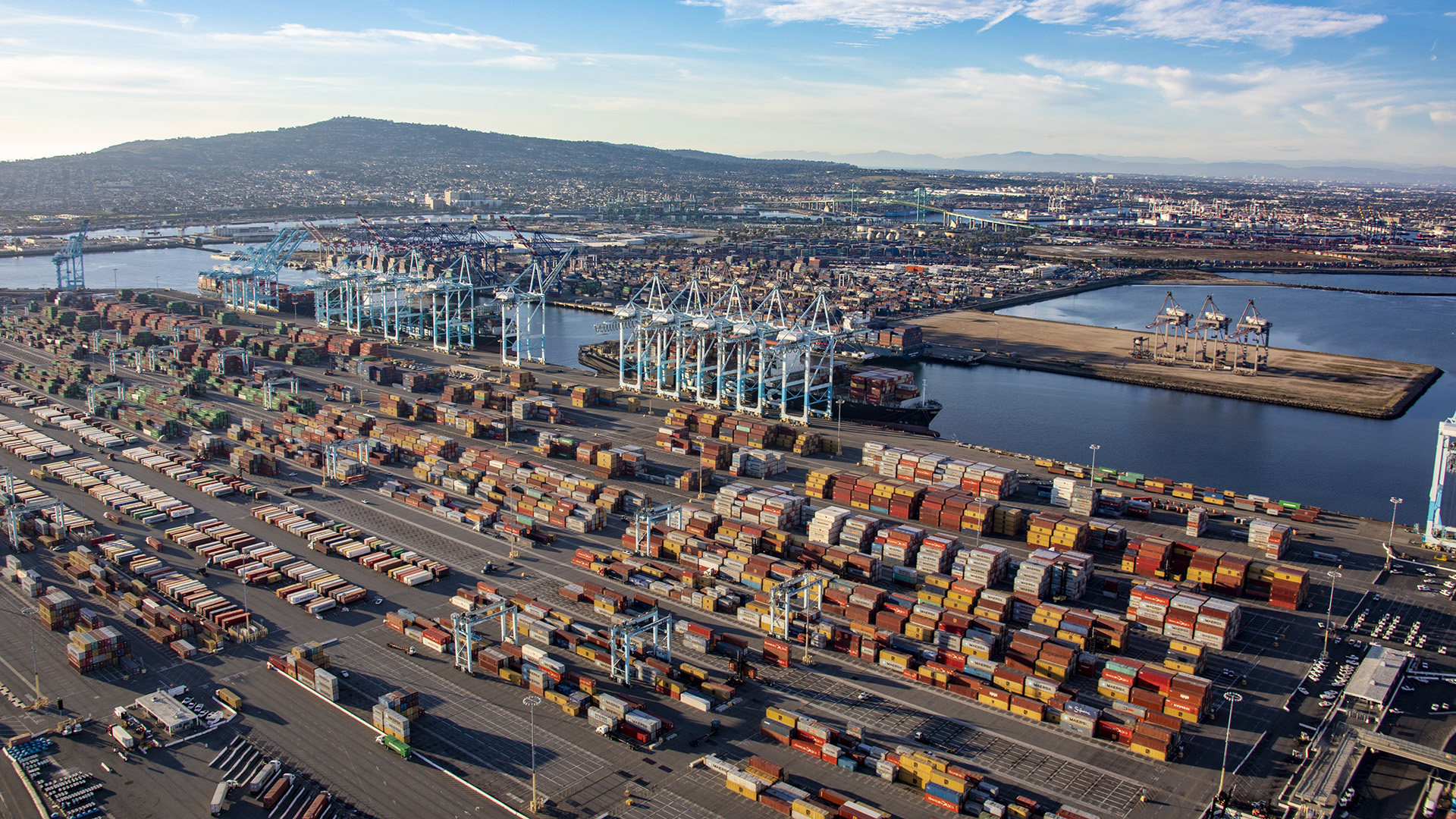Asia
Global Centre for Maritime Decarbonisation and Mærsk Mc-Kinney Møller Center join forces
Two maritime ammonia heavyweights - the Global Centre for Maritime Decarbonisation and the Mærsk Mc-Kinney Møller Center - have signed a long-term agreement to accelerate the maritime industry’s decarbonisation efforts. The Global Centre for Maritime Decarbonisation is currently overseeing a comprehensive ammonia bunkering study that will enable ammonia bunkering trials to proceed at two Singapore locations to start in 2023.
Green Maritime Corridors - A catalyst for transition to green shipping fuels
The ports of Los Angeles and Shanghai have announced the intention to create a green shipping corridor across the Pacific Ocean. The ambition is for ships trading between these ports to run on alternative low greenhouse gas emission fuels. Ammonia stands among the options as such an alternative.
There is a clear willingness from key players at the LA end of this trans-Pacific shipping corridor to embrace alternative fuel solutions and work together to unlock a suite of zero emissions technologies, albeit limited to an onshore focus for now. Shifting focus onto the water - where ammonia maritime fuel will undoubtedly play a critical role - is the logical next step.
Ammonia a key feature of India's new green hydrogen policy
The overall goal of reaching production levels of 5 million tonnes of green hydrogen per year is driven by the government's desire to reduce the country's reliance on energy imports. Hydrogen & ammonia are the keys to unlocking this new, fossil-free future.
JERA opens tender for long-term ammonia supply contract
Japanese power utility JERA has launched an international bidding process to procure 500,000 tonnes per year of fuel ammonia, starting in 2027 and running into the 2040s.
New benchmark for coal co-firing reported in China
The South China Morning Post reports that China Energy Investment Corporation has successfully demonstrated co-firing 35% ammonia with coal at a power generation unit in Shandong Province. Further technical details emerged from additional Chinese media outlets, including that the pilot test occurred in a 40 MW coal boiler at the Huaneng Yantai coal power plant, and that NOx emissions were reportedly lower than burning pure coal fuel.








